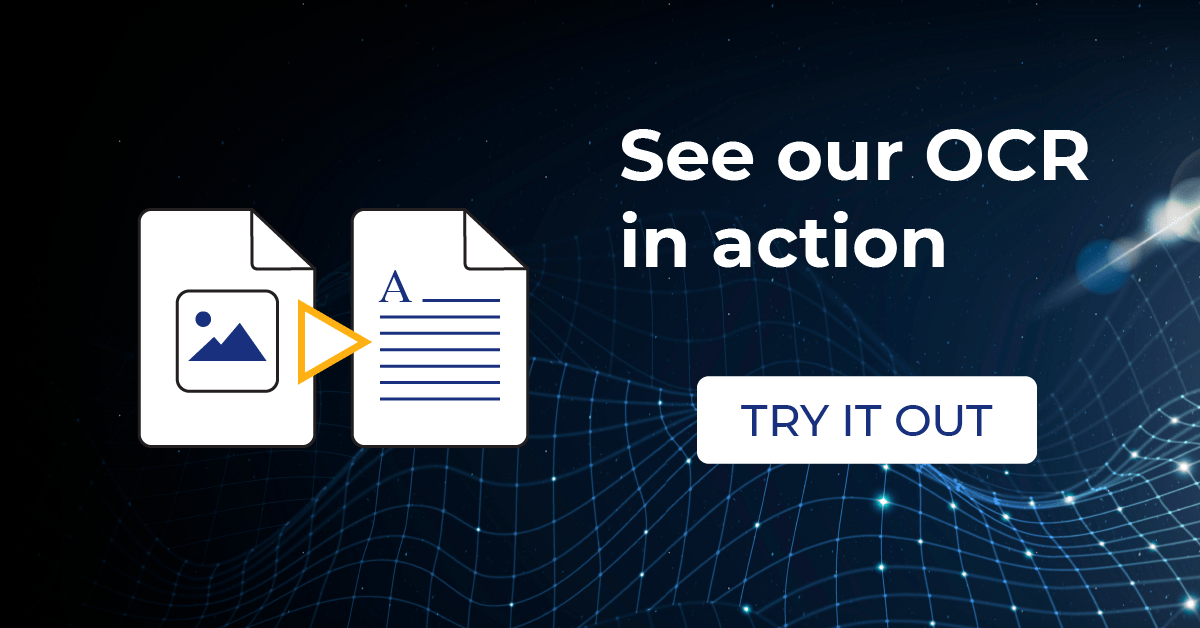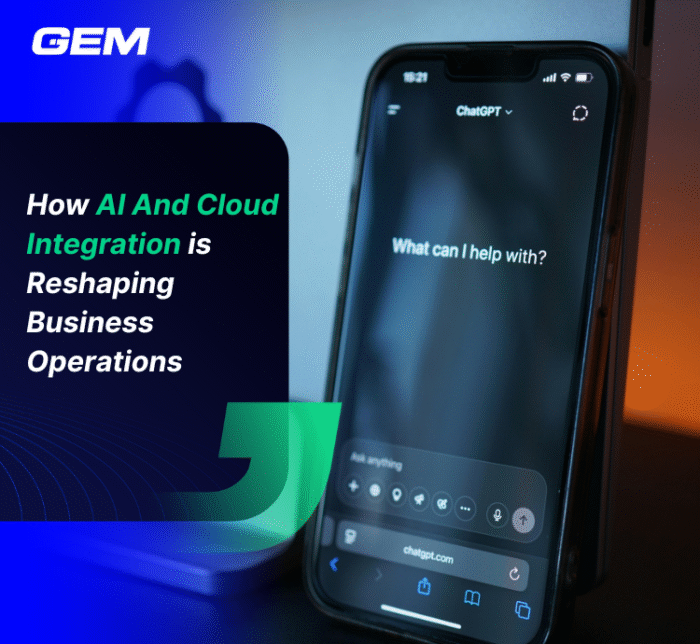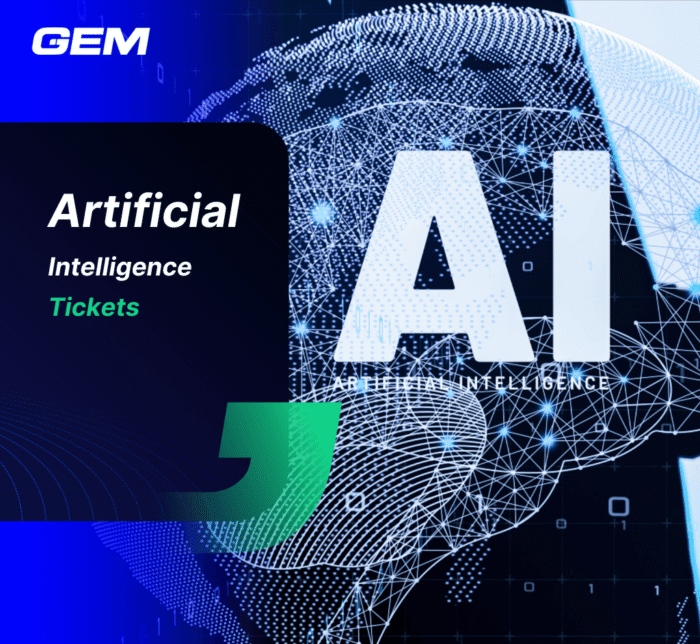Contents
In the age of big data we live in, technological advances – namely artificial intelligence, machine learning, and deep learning – have become such common concepts. These terms tend to be used interchangeably in conversation despite their differences in methods and goals. That leads to some questions around the nuances between them: What are their definitions? Are they related? How are they distinguished from each other?
This article will provide the most comprehensive content to clarify some of the ambiguity between Machine Learning and Deep Learning.
Machine Learning
It is not straightforward to define what machine learning is. Because it is a vast field composed of many model types, subsets, use cases, and overlaps with several other areas.
As a field of artificial intelligence, machine learning involves the study and use of statistical learning and optimization methods to uncover key insights within data mining projects through data analysis. Machine learning can independently analyze datasets and identify patterns without human guidance or explicit programming.
A machine learning model operates as a set of tools for making inferences and predictions from data. Machine learning provides computer algorithms with a lot of clean training data to analyze and understand the relationship between the input and the output. It can identify patterns or a set of rules to predict the value or the class of a new data point. Once the model successfully works through the training data, it can automatically execute specific tasks on raw data with little to no human manual instruction.
How Machine Learning works
In general, the learning system of a machine learning algorithm is divided into three main parts:
- A Decision Process: Machine learning algorithms generate prediction or classification about the pattern in the input data, which can be labeled or unlabeled.
- An Error Function: This part evaluates the model’s prediction accuracy by comparing it with known examples.
- A Model Optimization Process: The algorithm continuously assesses the model to adjust the discrepancy between the known example and the model estimate. The process is autonomously repeated, in which the algorithm will update the weights until a threshold of accuracy has been met.
Machine Learning methods
Machine learning classifiers could be broken down into three basic categories: supervised, unsupervised, and reinforcement learning.

Supervised Learning
It is a process that labeled input data (also called training data) is used to train algorithms to classify data, predict pre-defined outcomes, and automatically correct the predictions when they are wrong. The training process repeats until the model accomplishes the desired level of accuracy on the training data.
Supervised learning is widely adopted in price prediction and trend forecasting in sales, retail commerce, and stock trading. In these cases, the algorithms help organizations assess the possibility and calculate possible outcomes based on incoming data.
Unsupervised Learning
Different from supervised learning, a model is prepared through a training process without labeled training data and desired output. Without the need for human intervention, these algorithms analyze and cluster the unlabeled dataset into groups that contain portions of the data set with common features.
The most common fields using unsupervised learning are digital marketing and advertising technology. Unsupervised algorithms are equipped in the system to explore customer insights based on certain credentials such as:
- Behavioral data: interaction, click, engagement, movement on website/social media, actions taken via email marketing across the customer journey
- Elements of personal data: names, identification number, locations, customer brand preferences, buying habits, and product usage
Thus, marketers could adjust the service according to the generated outputs, develop more efficient targeting of ads content, and achieve better campaign performance.
Reinforcement Learning
This is a behavioral machine learning model which is similar to human learning. In essence, the algorithms attempt to learn through contiguous sequences of tries and fails instead of sample data. The right or wrong course of action is notified on receipt of reward signals from the system. These reward signals serve as a navigation tool for the reinforcement algorithms to self-evolve and produce the best recommendation or policy for a given problem.
Reinforcement Machine Learning is suitable for instances of limited or inconsistent information available. Self-driving cars and modern NPCs (Non-player characters) video games are the fields where reinforcement learning is used to its maximum effect. The algorithm provides users with flexible AI features. Lane change detection, forward collision warning, and overtaking vehicle identification are three popular applications for autonomous vehicles in reality or the virtual-based game.
Applications of Machine Learning
Machine learning constitutes the backbone of modern data analysis which is underlying many internal and external applications across various industries. Machine learning assists humans in processing large amounts of analytical data and automates an array of routine tasks.
Customer service calls, product recommendations, pricing forecasts, and reviewing resumes are among typical use cases of machine learning. Machine learning algorithms are assigned to automatically execute tasks including classification, clustering, and anomaly detection, which are at the core of data analysis.
With the support of machine learning, organizations can glean insights in real-time from large amounts of data to facilitate decision-making and gain an advantage over competitors. Machine learning also allows them to automate processes that were previously only possible for humans to perform, then maximize efficiency at work.
Read more: 10 powerful Machine Learning applications to drive modernization and innovation
Deep Learning
Like machine learning, deep learning has gained massive popularity in scientific computing. Deep learning is a computer program that essentially employs a layered structure of algorithms to simulate the behavior of the human brain. These algorithms are called neural networks – and more specifically, artificial neural networks (ANNs), inspired by the biological neural network of the human brain. They can analyze large amounts of data with a logical structure similar to how humans would draw conclusions. That enables a learning process of deep learning to be far more capable than that of standard machine learning models.
How Deep Learning works
Deep learning neural networks comprise multiple layers of interconnected nodes. At a fundamental level, they are a combination of four main elements: inputs, weights, a bias or threshold, and an output. Each node multiplies the inputs by random weights, calculates them, and adds a bias. They are organized like an architecture where the different layers are stacked on top of each other to refine and optimize the prediction or categorization.
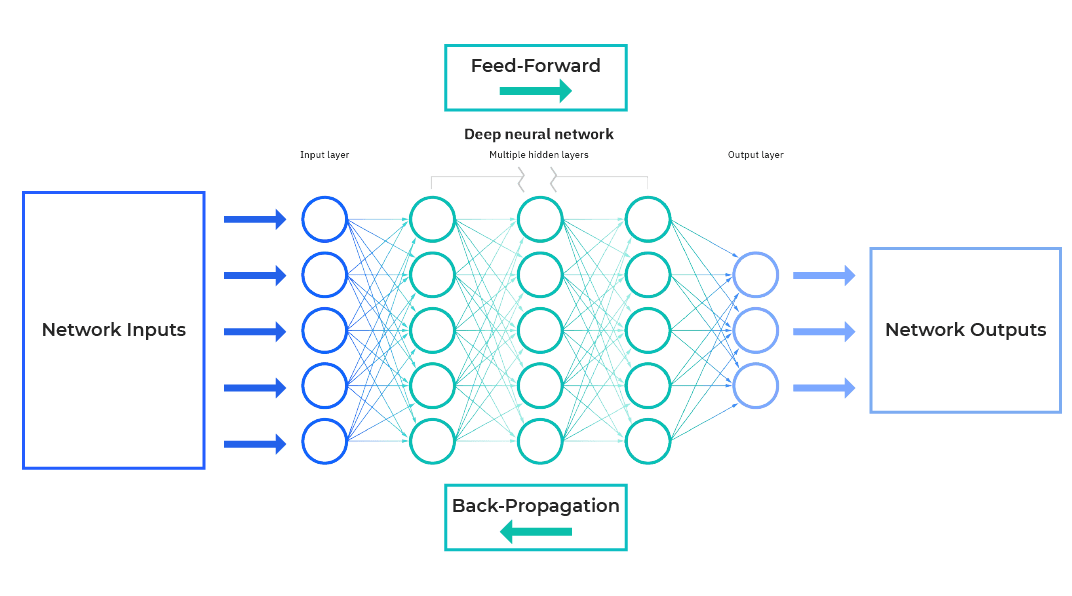
The computing progression via the network is called feed-forward propagation. The input and output layers of a neural network are called visible layers. The input layer is on the leftmost, where the deep learning model ingests the data for processing. The output layer is on the rightmost, where the final prediction or classification is made. In the middle are hidden layers which are calculated values used by the network to analyze the data. The more hidden layers, the more a neural network can help to optimize and refine for accuracy.
Meanwhile, back-propagation – another process – uses algorithms to calculate errors in predictions. Then, it amends the weights and biases of the function by moving backward through the layers. In unison, forward propagation and back-propagation enable a neural network to foresee and rectify any errors accordingly. Over time, the algorithm performs with increased precision.
Deep Learning methods
There are different sorts of sophisticated deep learning algorithms which are used to address specific issues or datasets. There are three common types:
- The feed-forward neural network is the simplest. It follows the fundamental mechanism that the information flows in only one direction from the input layer, through the hidden layers, and stops at the output layer.
- Recurrent neural network (RNN) is an advanced type. Its structure is composed of multiple layers of neural networks storing information in context nodes. That enables it to learn data sequences in loops. RNNs are well suited for natural language and speech recognition applications as it leverages sequential or times series data.
- Convolutional neural network (CNN) is designed with a multi-layered neural network to increasingly extract the data’s features and patterns to determine the output. CNN is primarily used for perceptual tasks in computer vision and image classification applications such as object detection or recognition.
Applications of Deep Learning
Deep learning technology drives many artificial intelligence applications and services across industries to solve complex problems and build intelligent solutions without human intervention. Deep learning technology is so well-integrated into everyday products and services that users are unaware of its sophisticated performance in the background.
Due to the multiplex structure and functionality, deep learning is ideal for projects that involve classifying, identifying objects, and extracting features from the text, video, image, or time-series datasets. Optical character recognition (OCR) and Natural Language Processing (NLP) are two specialized technologies that are powered by deep learning to deliver quick and accurate contextual patterns analysis of human language in textual and audio data. As a result, they can harvest meaningful insights for better understanding and decision-making processes.
These approaches are popularly put in real-life applications such as virtual assistants and voice-enabled TV remotes, in-home services, scanning bank card data and credit card fraud in banking, or emerging advanced technologies in healthcare like computer-aided disease detection and computer-aided diagnosis.
Machine Learning and Deep Learning: How do they differ?
Both machine learning and deep learning are known as subfields of artificial intelligence. Machine learning is a type of artificial intelligence. Deep learning is merely an especial part of machine learning. In other words, deep learning is machine learning.
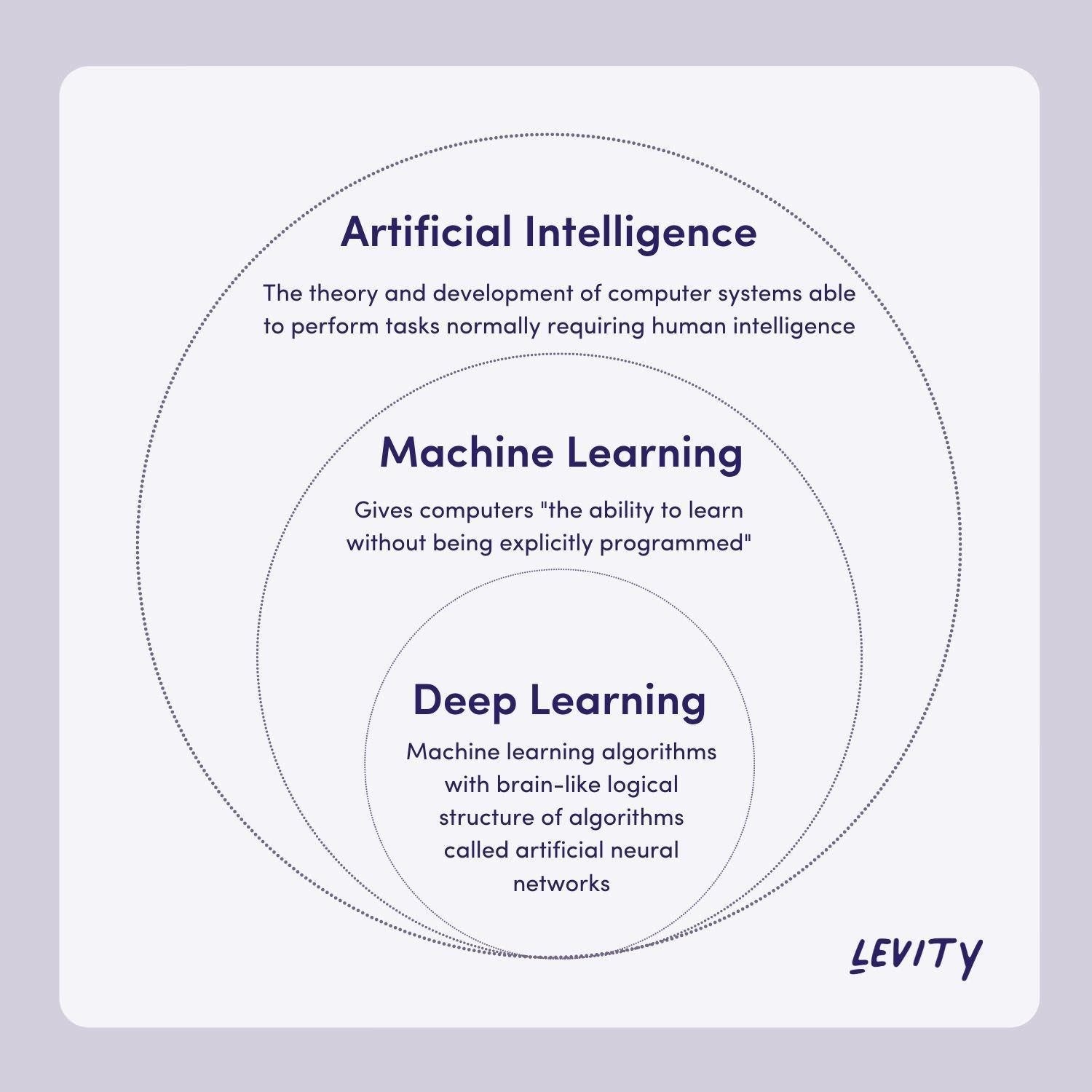
The differences between deep learning and machine learning are in the algorithms’ structure, the level of human intervention, available hardware, the amount of data required, the type of data, and the learning methods.
- The first thing to distinguish deep learning from machine learning is based on an artificial neural network. Machine learning has a rather classical structure, such as linear regression or a decision tree. In contrast, the deep machine has a multi-layered ANN that is complex and intertwined like a human brain.
- Secondly, deep learning algorithms require a lower need for human intervention as they can automate much of the feature extraction. The algorithms can learn from their own errors as well. On the contrary, machine learning algorithms need a human expert to manually determine features and classifiers to check whether the output is as required and rectify the algorithm if this is not the case.
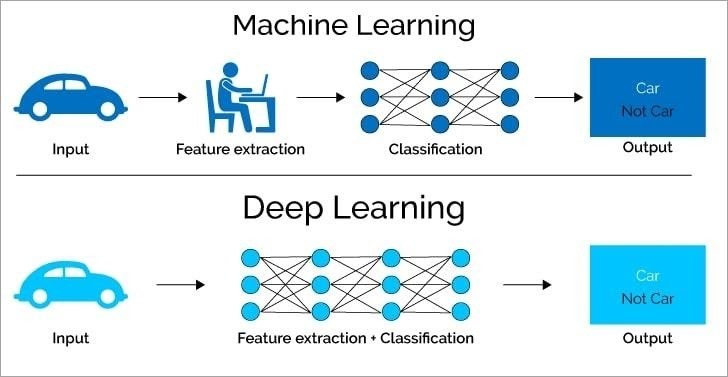
- Thirdly, deep learning relies on much more data points than machine learning to function appropriately. Due to the complicated multi-layer structure, a deep learning system is in need of a large dataset to remove variations and achieve high accurate interpretations. The optimal data volume for deep learning is approximately millions of data points, while machine learning can work with thousands of data points.
- Fourthly, due to the independence of human intervention and a huge load of data, deep learning requires high-end machines. Specialized hardware equipped with GPUs is necessary for deep learning algorithms to optimize their operations. In contrast, machine learning algorithms can run with less computational power. Desktop CPUs are sufficient for training these models.
- Lastly, machine learning algorithms usually make predictions based on structured, labeled data. That means features are specified from the input data for the model. They can still ingest and process unstructured data, but they need some pre-processing to organize the dataset into a structured format. In the meantime, deep learning algorithms can learn from unstructured data, like text and images, and automates feature extraction and classification. That removes some of the data pre-processing that is dependent on human experts.
For example, a set of different food photos needs to be categorized by pizza, pasta, hamburger, etc. Deep learning can define important features to differentiate each type of food. Meanwhile, in machine learning, technology engineers have to establish the hierarchy of features manually before feeding algorithms.
The above article would have provided an overview of Machine Learning and Deep Learning. By understanding the nature of these technologies, the differences between them, and knowing how they are integrated into real-world applications, business leaders and executives will gain faster insight into which approach fits best for their respective projects.
Are you looking for an AI developer?
1. GEM Corporation is an IT Outsourcing company experienced with developing AI solutions. We have worked on developing NLP and OCR solutions for top industrial corporations in Japan; specialized in deploying chatbots, text and image processors, recommendation systems. We are also partnering with Vietnam National University’s AI Laboratory on scientific research and talent training.
2. Our domain expertise includes Logistics, Telecommunications, Finance, Banking and Insurance, Retails, Manufacturing, and so on.
3. We have more than 7 years of experience. Our offices are based in Hanoi, Vietnam, and Tokyo, Japan.
4. We have successfully built more than 100 successful projects for our clients in the US, UK, Europe, Japan, Korea, Singapore, and many more.
5. Let us know how we can help you build your next AI solution. Contact us now and get a demo for your project.


